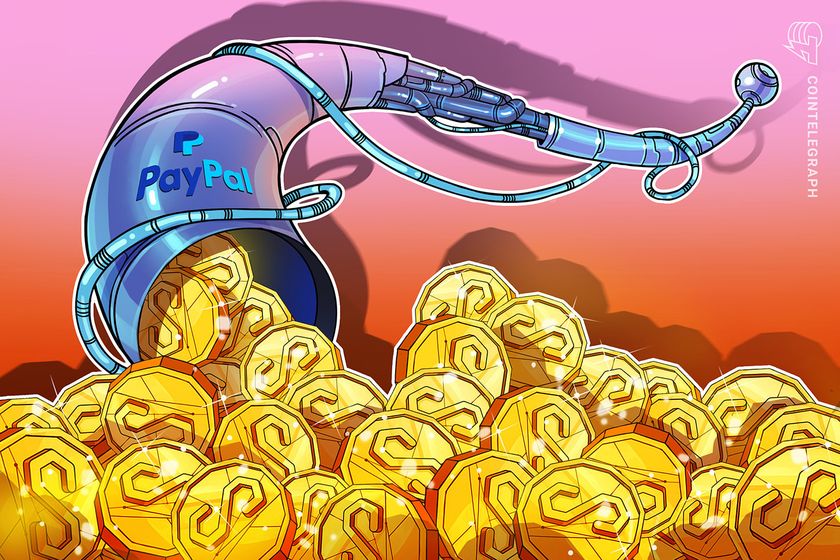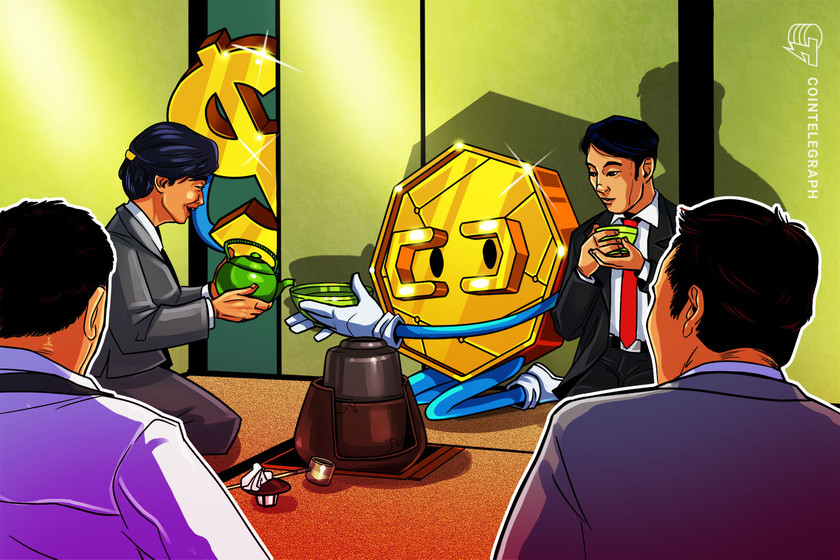Why is Cardano price down today?


Cardano’s price is down today as traders secure profits at ADA’s overbought levels ahead of a key Federal Reserve rate decision.
Cardano’s (ADA) price is down today, falling 7.75% in the last 24 hours to hit $0.55 on Dec. 13.
Let’s discuss factors that have been driving the Cardano prices lower recently.
From the technical perspective, ADA’s price drop today is part of a correction cycle that started on Oct. 9, when ADA’s price reached its 18-month high of $0.64.







































